Living in Boise has its perks, but there’s something about Arizona that keeps pulling me back. Last winter, I spent nearly every weekend exploring different corners of the state, from its desert landscapes to its pine-covered mountains. What surprised me most was how each trip felt completely different from the last, even though I was visiting the same state.
Arizona isn’t just about the Grand Canyon (though it’s pretty incredible). This state serves up everything from red rock formations and ancient Native American dwellings to surprisingly green forests and cool mountain towns. Whether you’re into hiking through cacti-dotted trails or sipping local wine in historic districts, Arizona’s got something for every kind of weekend warrior.
To help you plan your next weekend escape, I’ve put together this list of my favorite Arizona getaways, combining spots I’ve personally tested and recommendations from local friends who know the state inside and out.
Grand Canyon National Park

My first visit to the Grand Canyon was on a crisp autumn morning back in 2018. One of the most famous natural wonders in the world, the Grand Canyon stretches across northern Arizona like a massive painted canvas. Red rock formations and deep valleys make up this 277-mile wonder, along with the mighty Colorado River that winds through its core. The Desert View Watchtower stands guard on the South Rim, offering visitors sweeping views that seem to stretch forever, where layers of ancient rock tell stories of earth’s history. The park’s network of hiking trails leads adventurers down into the canyon depths, where each bend reveals new perspectives of this geological masterpiece.
Sedona
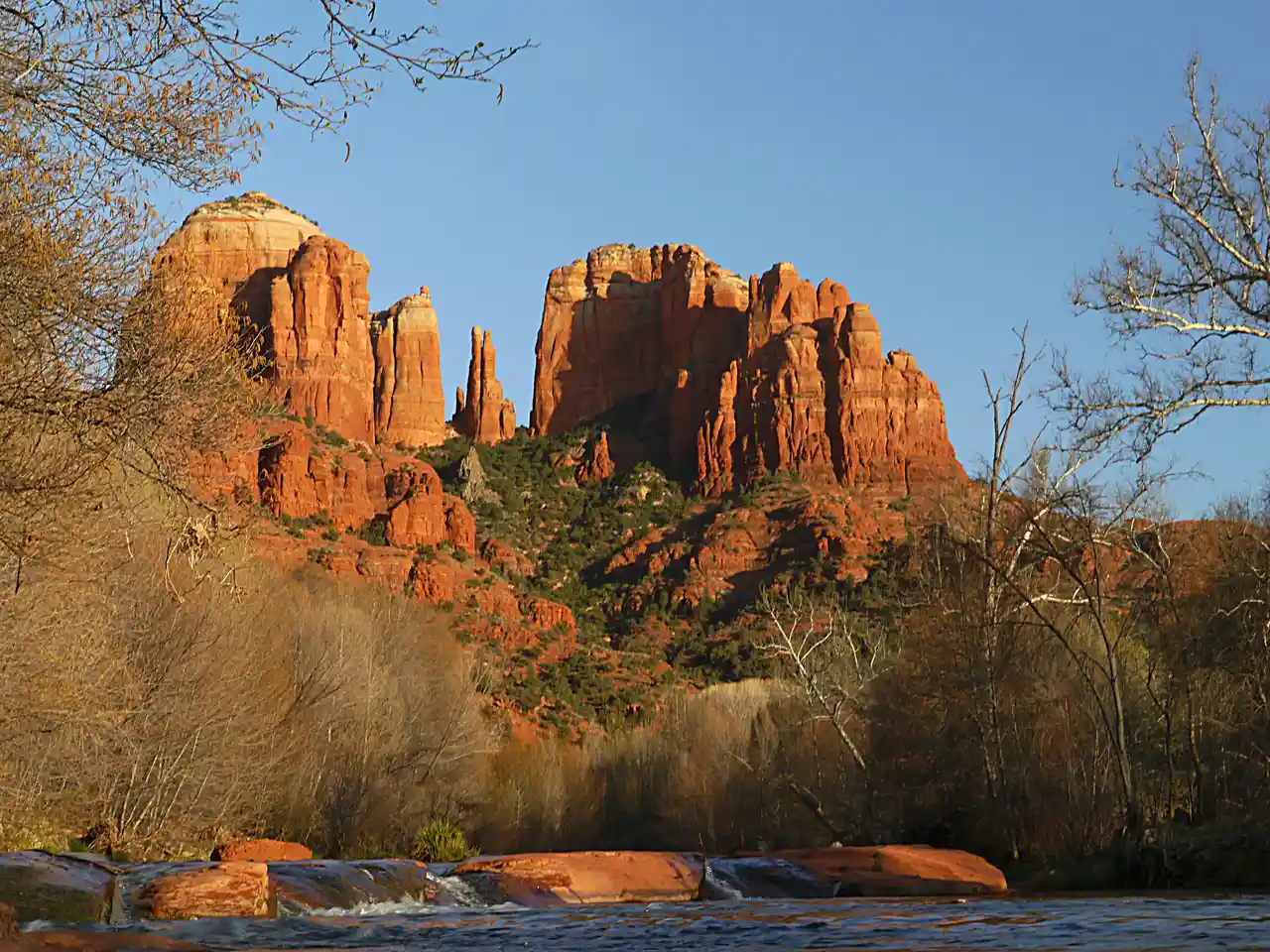
I first visited Sedona on a spontaneous road trip from Phoenix in 2019. Nestled in Arizona’s red rock country, Sedona sits surrounded by towering sandstone formations that glow orange and crimson in the setting sun. Small art galleries and New Age crystal shops line the streets of its compact downtown, while hiking trails snake through the desert landscape in every direction. The Chapel of the Holy Cross, built right into the rocks, offers some of the best views in town, especially at sunset when the light plays off the massive windows. Between the outdoor adventures, wellness retreats, and excellent restaurants serving up Southwestern cuisine, Sedona manages to feel both rugged and refined at the same time.
Jerome

Looking for a quirky weekend escape? Head to Jerome, a former copper mining town perched on the side of Cleopatra Hill. This historic gem started as a bustling hub of 15,000 people in the 1920s but now charms visitors as “America’s largest ghost town” with its population of just 450. As you wander the steep streets, you’ll find converted historic buildings housing art galleries, wine tasting rooms, and local shops, plus plenty of stories about the town’s wild mining days and supposedly haunted spots.
Flagstaff
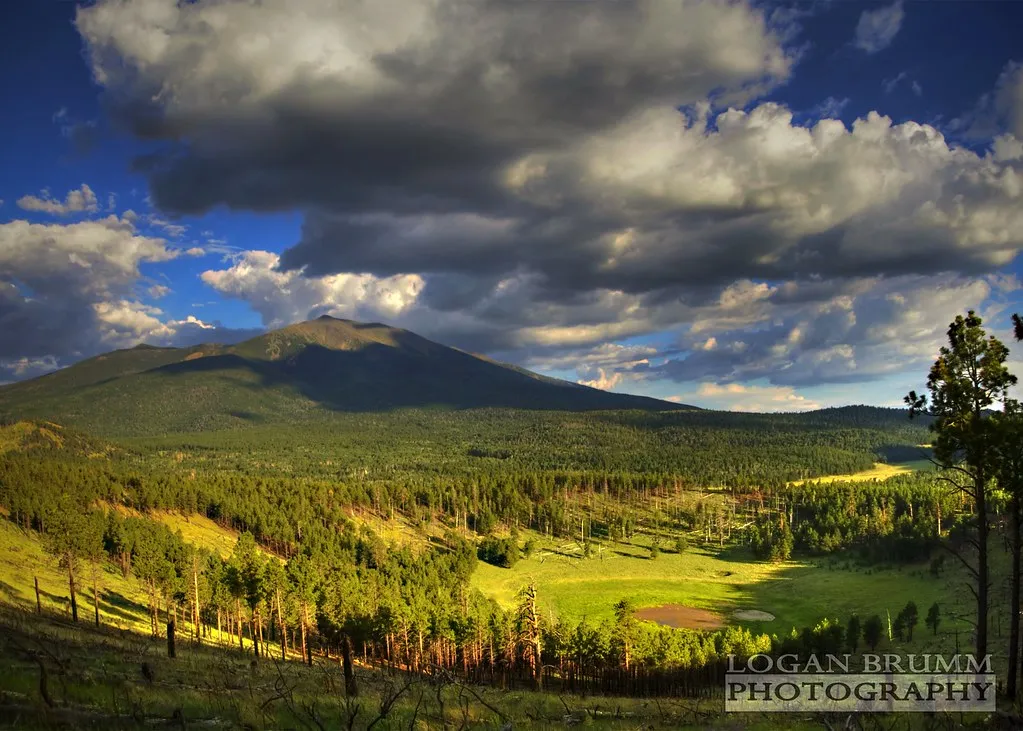
If you want to experience Arizona beyond the desert, head up to Flagstaff. Nestled at 7,000 feet in the world’s largest ponderosa pine forest, this mountain town offers a complete change of scenery from the state’s usual cacti and red rocks. This laid-back college city serves as the gateway to the San Francisco Peaks, where you can ski at Arizona Snowbowl in winter or hike through aspen groves in summer. The historic downtown, with its connection to Route 66, features local breweries, cozy cafes, and outdoor gear shops that cater to adventure seekers.
Tombstone
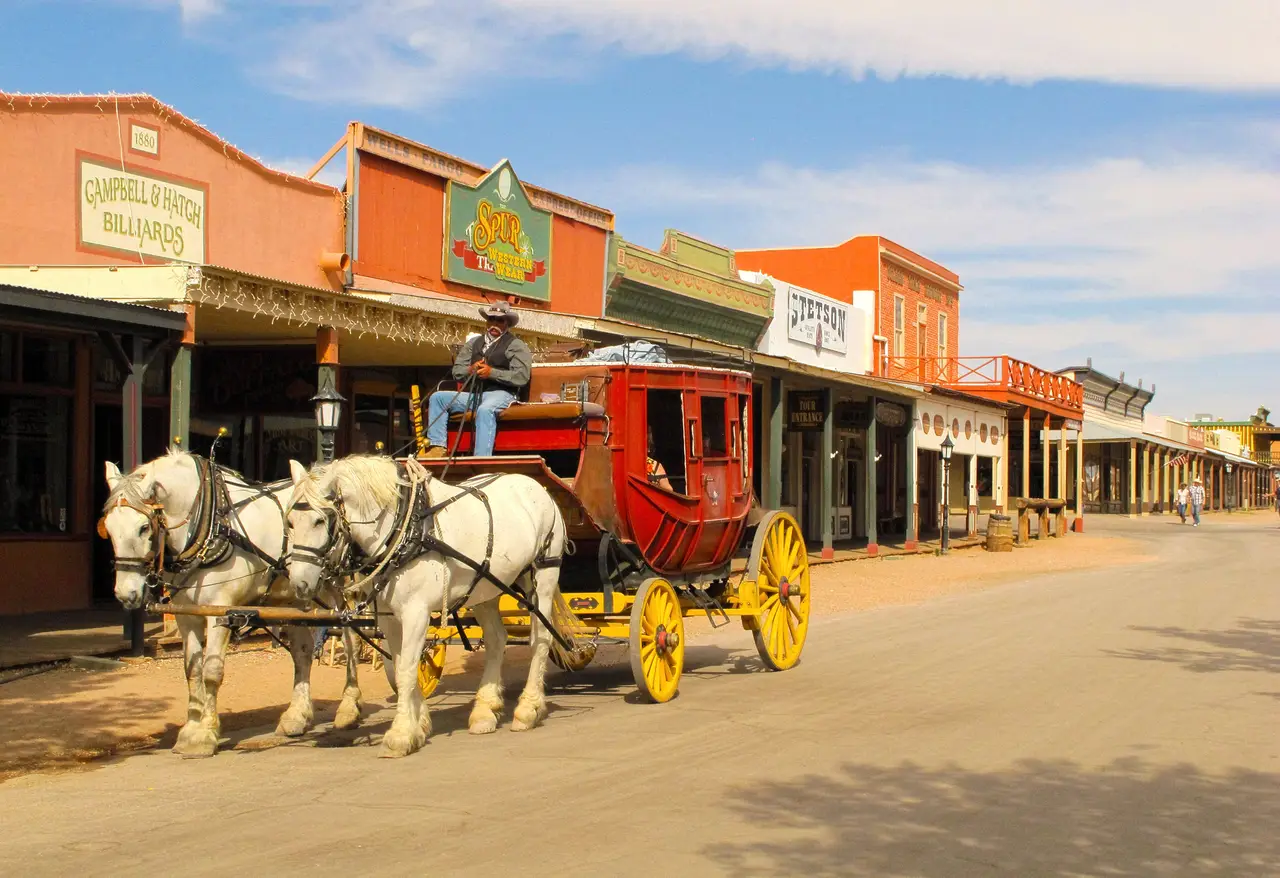
I always tell Wild West enthusiasts to put Tombstone at the top of their Arizona bucket list. This historic town, known as “The Town Too Tough to Die,” lets you step back into the 1880s with its well-preserved Allen Street, complete with wooden boardwalks, saloons, and daily gunfight reenactments at the O.K. Corral. You can walk the same streets where Wyatt Earp and Doc Holliday once roamed, catch a show at the Bird Cage Theatre, and visit the Boot Hill Graveyard where many infamous cowboys found their final resting place.
Page and Lake Powell
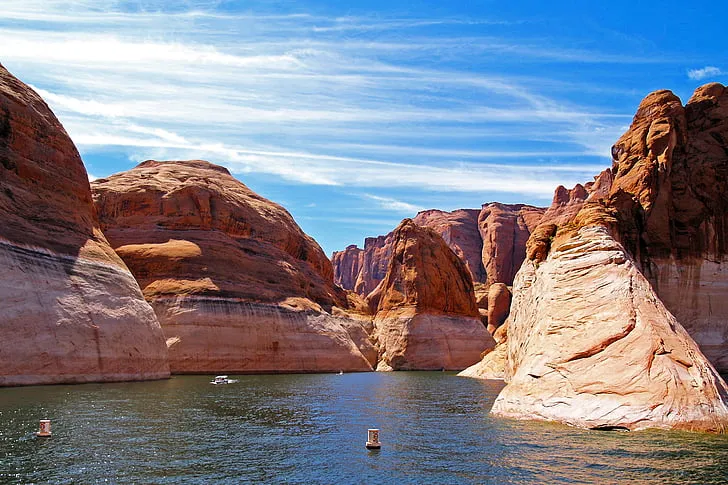
I first visited Page Lake Powell on a summer road trip through Arizona in 2019. Located near the Utah border, this massive reservoir on the Colorado River stretches across 186 miles of red rock canyons and desert landscapes. The town of Page serves as the gateway to this water playground, where houseboats dot the blue waters and sandstone cliffs rise dramatically from the shoreline. The Wahweap Marina buzzes with activity as visitors set off to explore hidden coves and narrow slot canyons by boat. Lake Powell Resort, perched above the marina, offers rooms with sweeping views of the lake and surrounding Glen Canyon National Recreation Area. From the resort’s patio, you can watch the sun paint the rocky terrain in shades of orange and pink as it sets behind Tower Butte.
Bisbee
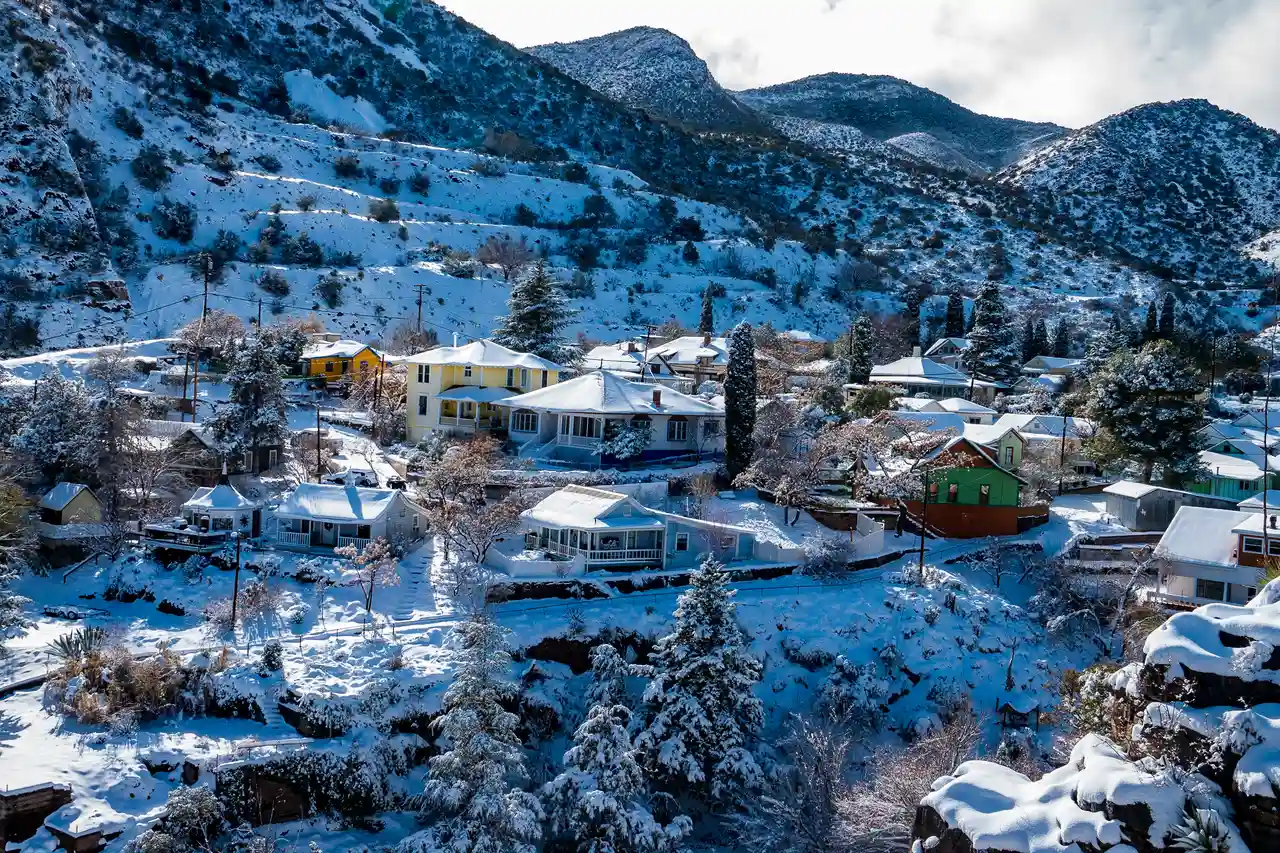
Many travelers visit the old mining town of Bisbee for its well-preserved Victorian architecture, but this quirky destination can also be described as an artist’s haven. There are numerous galleries and craft shops throughout the downtown area — including the Bisbee Mining & Historical Museum and the Copper Queen Mine — that offer a glimpse into both the town’s copper mining past and its current creative culture. In October, the Bisbee 1000 Great Stair Climb Challenge attracts participants to tackle the town’s historic staircases, but you’ll find plenty of charm and character in Bisbee’s winding streets and local cafes any time you visit.
Saguaro National Park
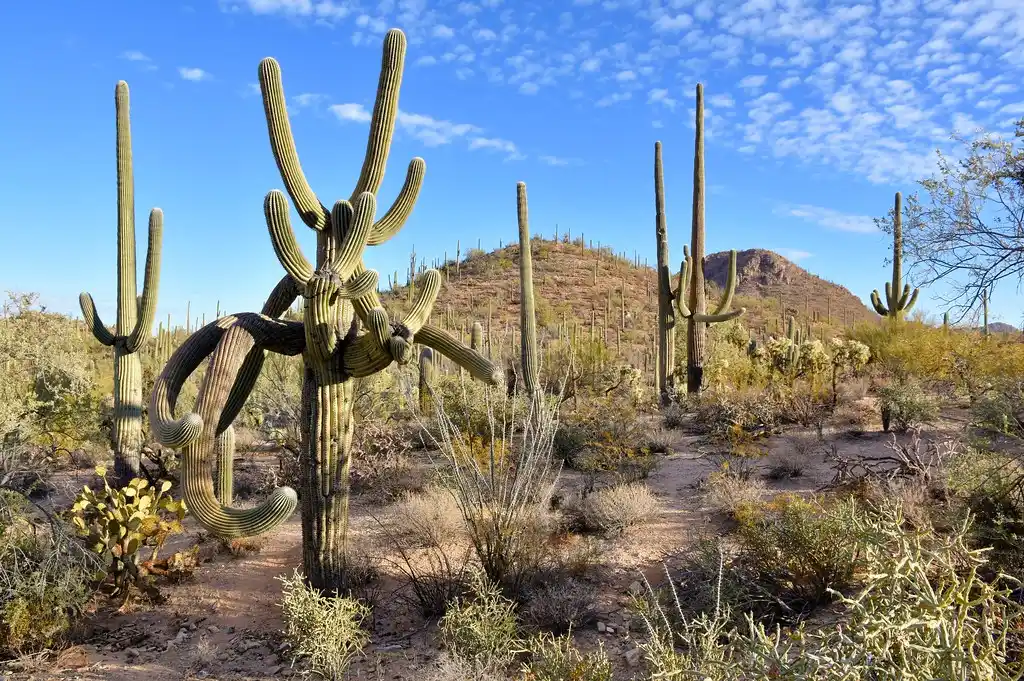
Located just outside of Tucson, Saguaro National Park feels like stepping into an iconic Wild West movie set. The park is split into two districts – one on each side of the city – and both showcase the mighty saguaro cactus in all its glory. These towering desert giants, which can grow up to 50 feet tall and live for over 200 years, dot the landscape as far as the eye can see. What makes this park special isn’t just the cacti though – it’s home to a surprising variety of wildlife, from coyotes and roadrunners to mountain lions and desert tortoises. Because of its proximity to Tucson, you can easily combine a morning hike through the desert trails with an afternoon exploring the city’s Mexican restaurants and cultural attractions.
Monument Valley
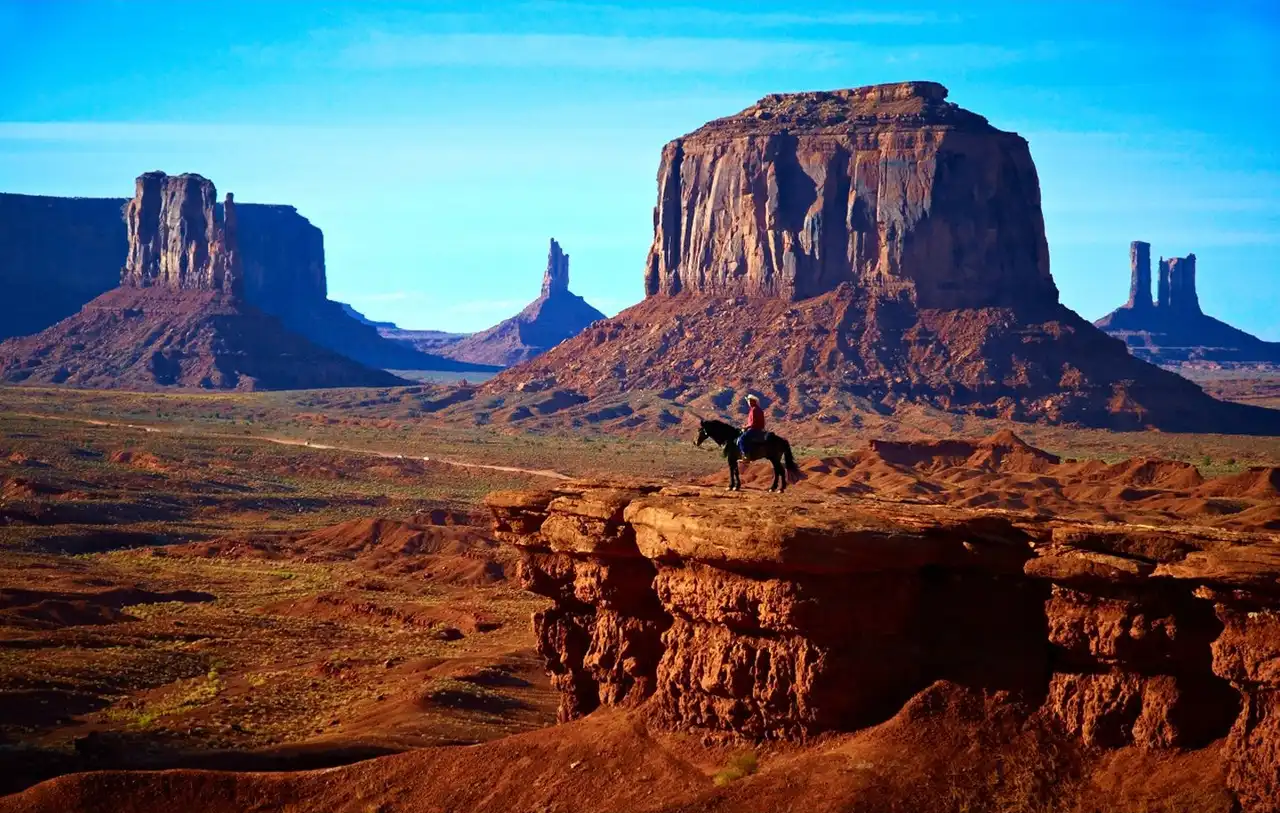
Situated on the Arizona-Utah border, Monument Valley stands as one of the most recognizable landscapes in the American Southwest. The red sandstone buttes and mesas rise from the desert floor like ancient skyscrapers, creating a scene that’s appeared in countless Western films and photographs. Unlike other natural wonders in Arizona, Monument Valley remains deeply connected to its Navajo heritage, with the entire area operated as a tribal park by the Navajo Nation. Take a drive along the 17-mile dirt road through the valley, and you’ll understand why John Ford chose this location for his classic Western films. Because of its sacred status to the Navajo people, you’ll find guided tours led by local residents who share stories passed down through generations, offering insights you won’t find in any guidebook.
Phoenix

As Arizona’s largest city, Phoenix makes a perfect home base for exploring the Sonoran Desert. The city blends modern urban life with outdoor adventures – you can hike Camelback Mountain in the morning, browse contemporary art at Phoenix Art Museum in the afternoon, and catch a Suns game downtown at night. The Desert Botanical Garden shows off the region’s unique plants, while neighborhoods like Roosevelt Row give you a taste of the local arts scene.
Prescott
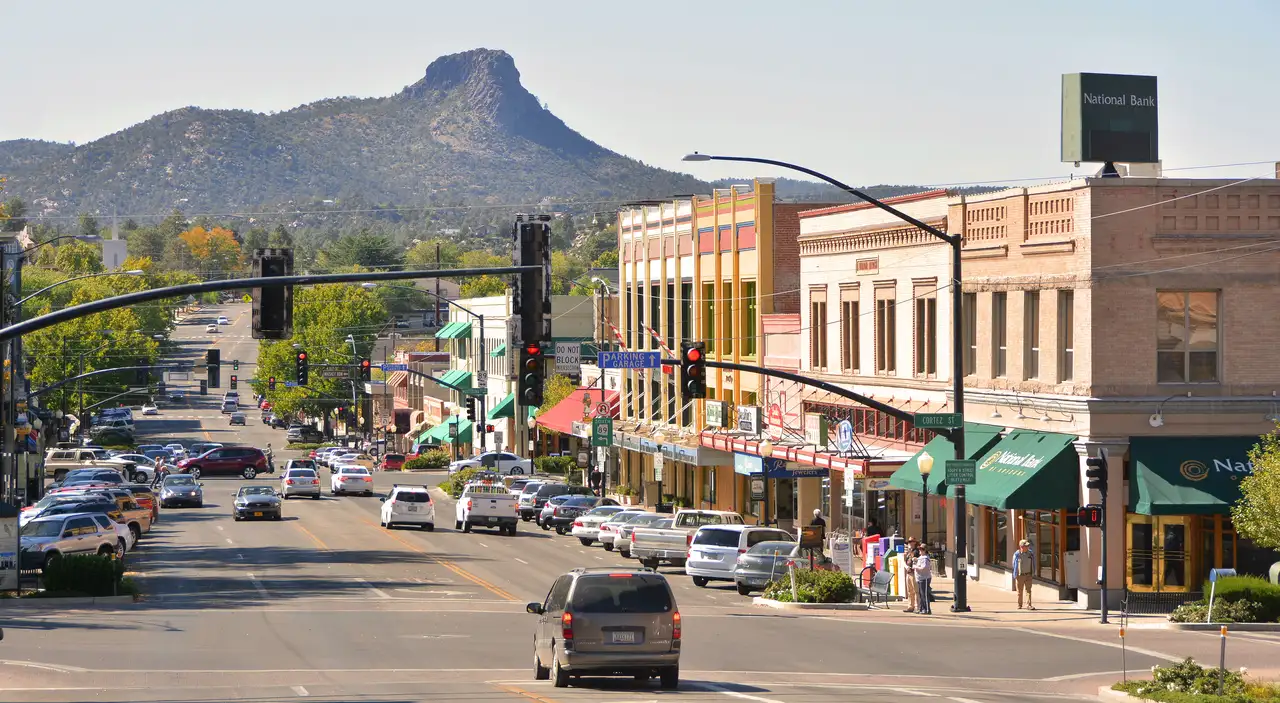
Head north from Phoenix and you’ll find Prescott, a mountain town that takes you back to Arizona’s Wild West days. This former territorial capital sits at 5,400 feet elevation, where pine forests meet desert landscapes, giving you a perfect escape from the scorching valley heat. The heart of town is Whiskey Row, a stretch of historic saloons where cowboys and miners once knocked back drinks, and today’s visitors can still belly up to those same wooden bars. It’s an easy place to spend a weekend, whether you’re hiking the granite formations at Watson Lake, exploring the charming downtown shops, or joining locals for free summer concerts on the courthouse lawn. While other Arizona mountain towns have gone upscale, Prescott keeps things down-to-earth with its mix of college students, retirees, and longtime locals who all seem to share a love for the outdoor lifestyle.
Tucson
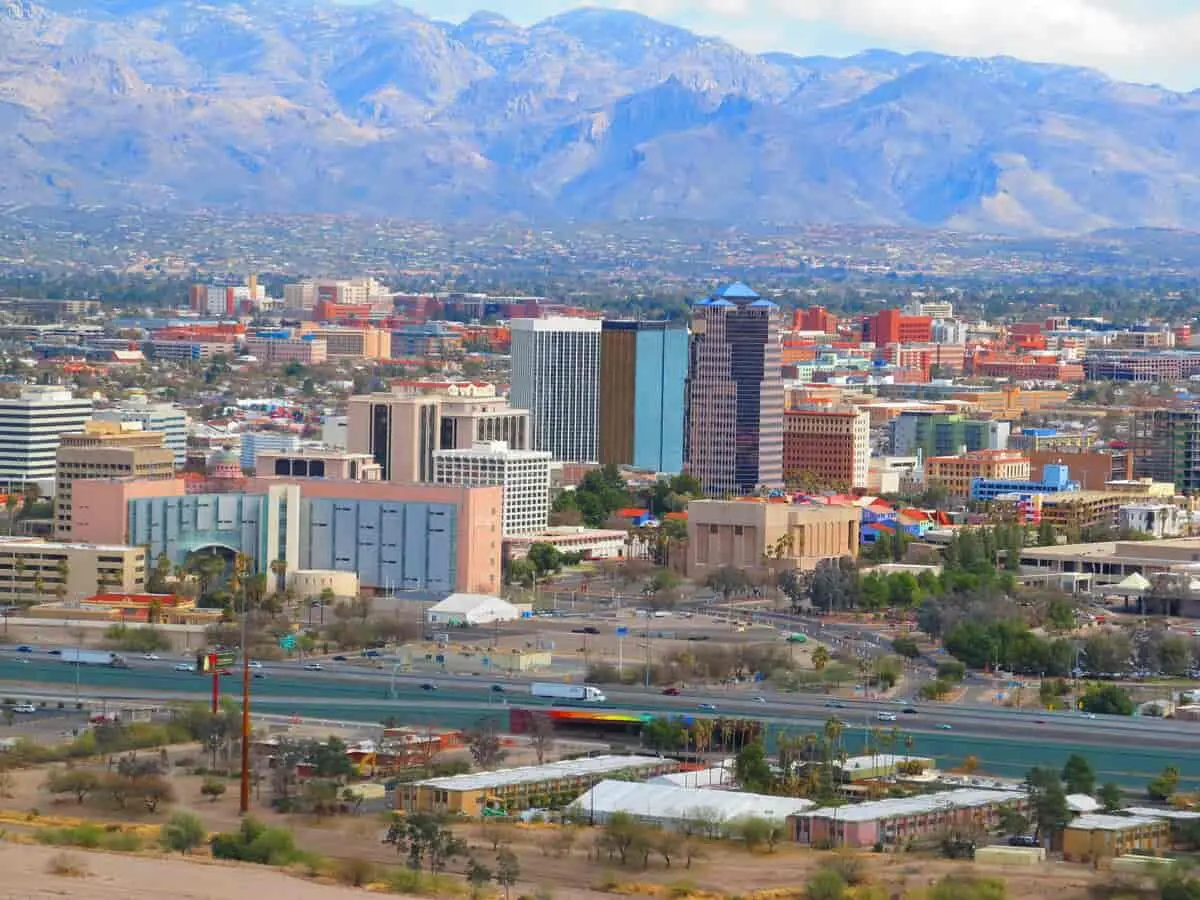
Just a short drive southeast of Phoenix, Tucson is one of Arizona’s most underrated treasures. This desert city sits in a valley surrounded by five mountain ranges, creating a natural playground for hikers and outdoor enthusiasts. The Saguaro National Park flanks the city on both sides, where you’ll find forests of the iconic tall cacti that have become symbols of the American Southwest. What I love most about Tucson is how it balances its rich cultural heritage with modern attractions – you can start your morning exploring Spanish colonial architecture in the historic Barrio Viejo, grab lunch at one of the city’s famous Mexican restaurants (the best Mexican food north of the border, if you ask me), and end your day stargazing at the world-renowned Kitt Peak Observatory. It’s a perfect weekend escape that gives you a real taste of the authentic Southwest.
Canyon de Chelly National Monument
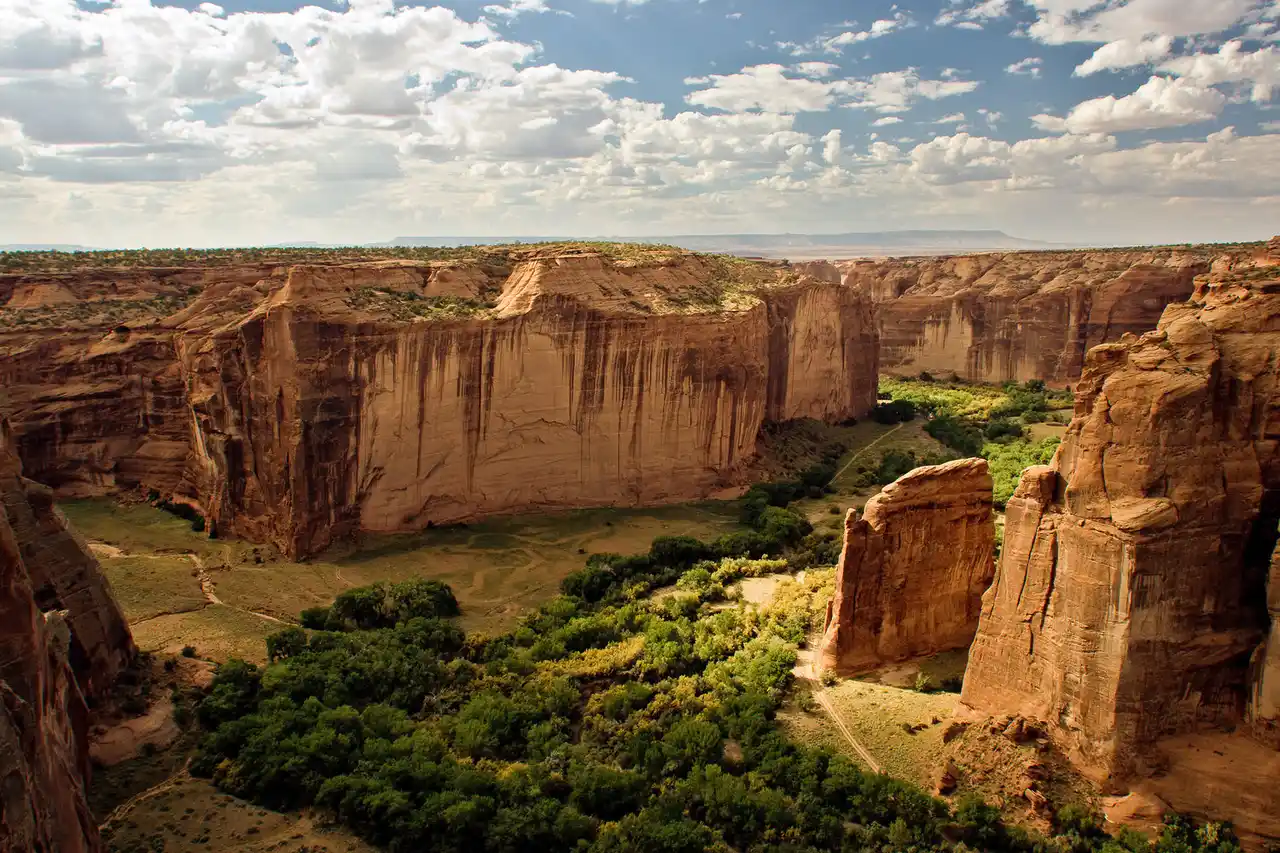
Step into the sacred lands of the Navajo Nation at Canyon de Chelly National Monument, where ancient cliff dwellings dot the towering red rock walls. You can drive along the rim to take in views from scenic overlooks, or join a Navajo guide for a jeep tour through the canyon floor. Don’t miss Spider Rock, an 800-foot sandstone spire that rises dramatically from the canyon floor – it’s one of the most photographed spots in the park. For a deeper connection to the land, book a horseback riding tour to see petroglyphs and learn about the rich cultural heritage that spans over 5,000 years of continuous Native American habitation.
Little-Known Fact:
Did you know that Canyon de Chelly isn’t just a beautiful gorge, but also one of the longest continuously inhabited landscapes in North America, with Native American peoples living here for nearly 5,000 years? Today, the canyon remains home to Navajo families who continue to farm, raise livestock, and maintain their traditional way of life within its walls, making it one of the few National Monuments where people still live and work on the land.
Antelope Canyon
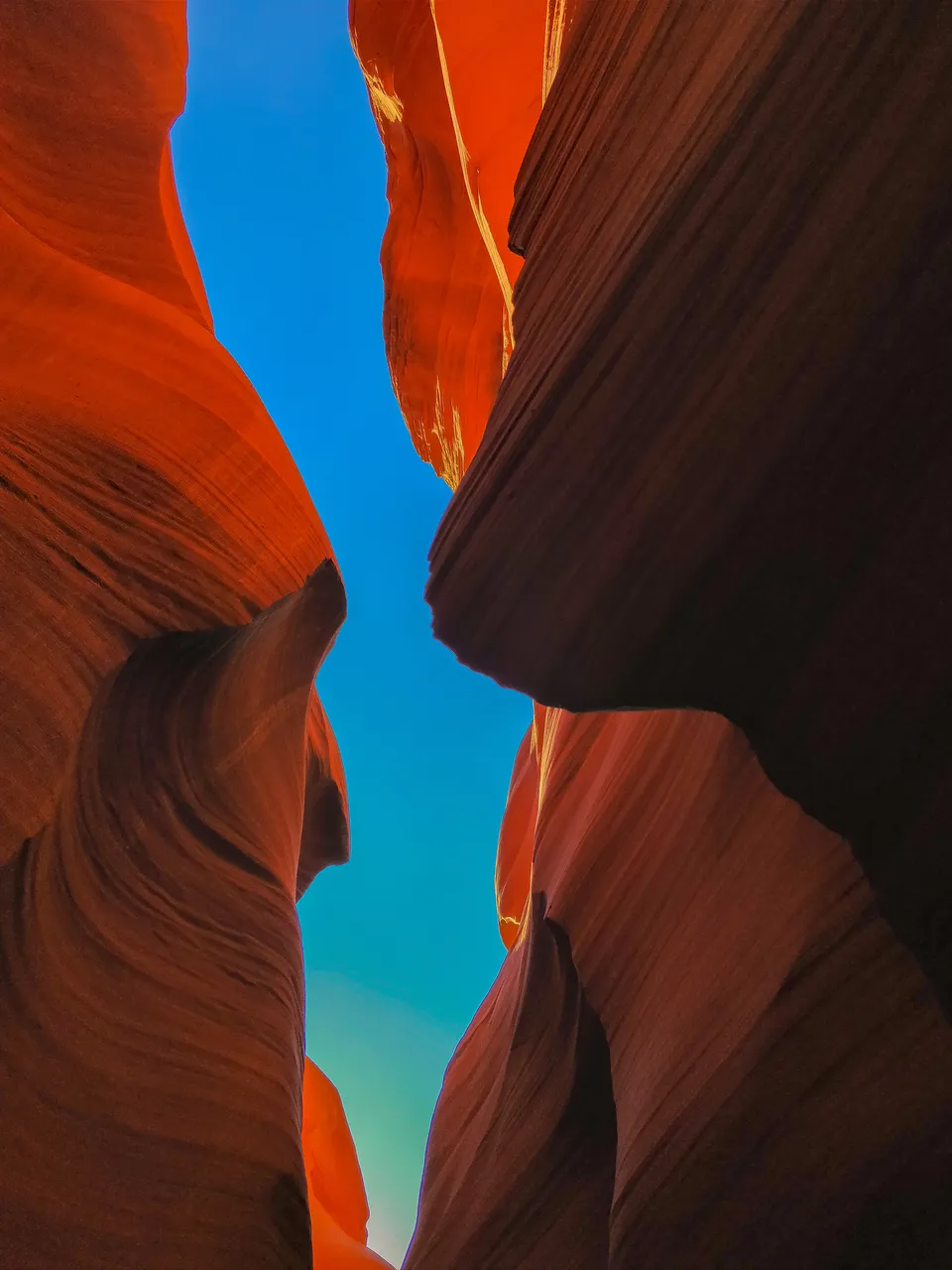
Located in northern Arizona, about 120 miles north of Flagstaff, Antelope Canyon sits on Navajo land as one of nature’s most remarkable creations. Like many slot canyons in the American Southwest, this one was shaped by countless flash floods carving through sandstone, but there’s something different about this place. As sunlight filters through the narrow openings above, it creates an ever-changing light show on the smooth, wave-like walls. The canyon is actually split into two separate sections – Upper and Lower Antelope – each offering its own unique perspective. Because it’s on Navajo land, you can only visit with an authorized guide, and they’ll share stories about the canyon’s significance to their culture while pointing out the most interesting rock formations that locals have given names to over the years.
Petrified Forest National Park
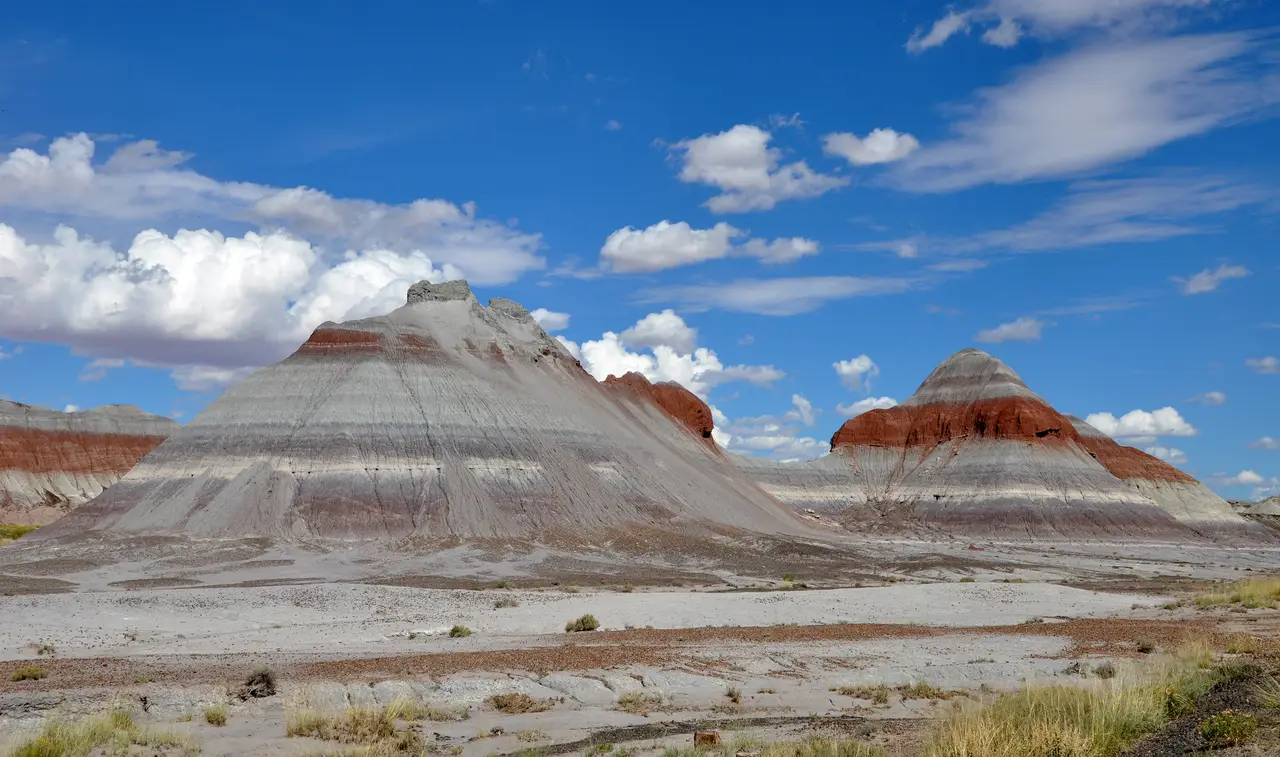
Travelers head to Petrified Forest National Park to see its famous ancient fossilized logs, but this destination offers much more than just petrified wood. The park’s painted desert landscape features colorful badlands and rocky formations that stretch for miles, while ancient petroglyphs tell stories of the Native Americans who once called this area home. The park’s main road winds through various lookout points and short hiking trails, making it easy to explore both the petrified forest and painted desert sections in a single day. While most visitors come during spring and fall for mild temperatures, the changing light throughout the seasons creates different perspectives of this unusual landscape year-round.
Williams
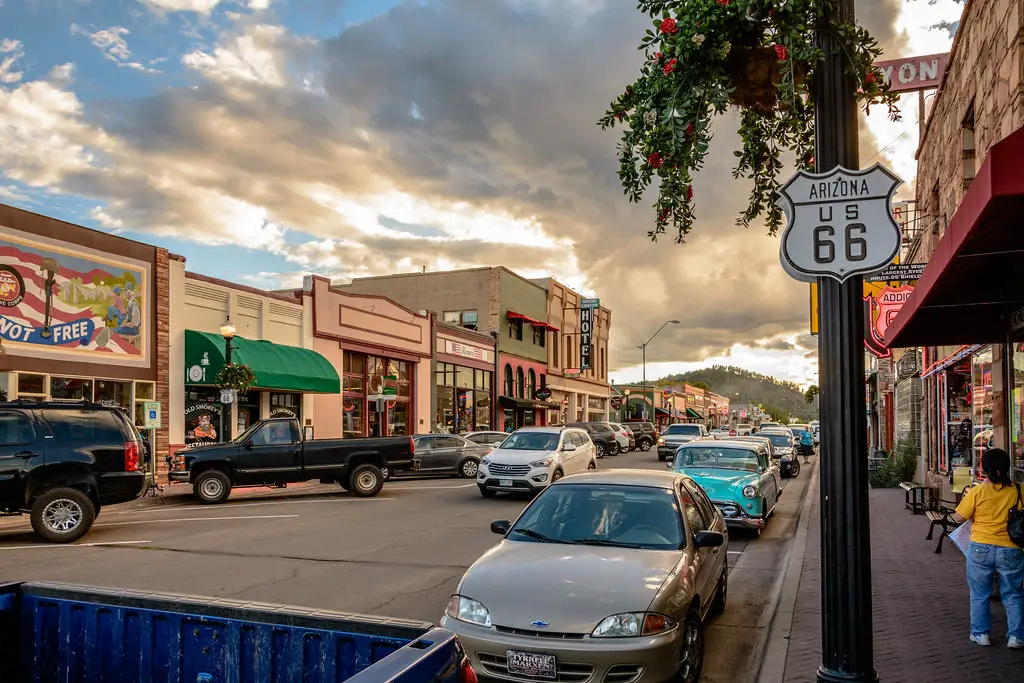
Many visitors journey to Williams for the Grand Canyon Railway, which departs daily for the South Rim, but this Arizona gem offers much more than just train rides. Known as the “Gateway to the Grand Canyon,” the town sits along historic Route 66 and maintains its old-west charm with vintage shops and diners lining the main street. Outdoor enthusiasts can explore Kaibab National Forest’s hiking trails or go fishing at nearby Bill Williams Mountain. While the railway might be the main attraction, the town’s year-round events like the Mountain Man Festival and Rendezvous Days keep visitors coming back to experience a slice of authentic western culture.
Payson
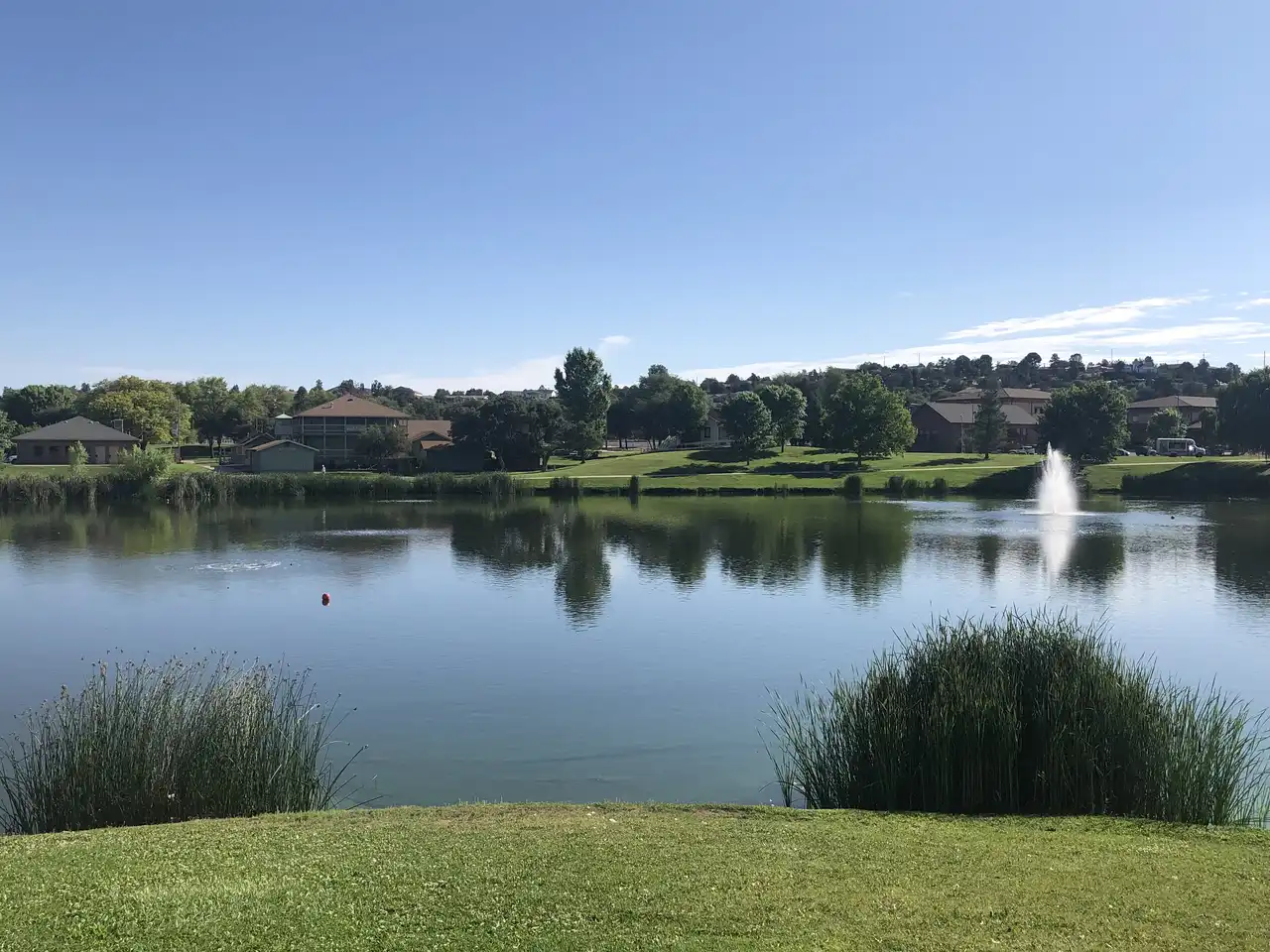
Escape the desert heat in Payson, a charming mountain town nestled in Arizona’s Rim Country. This laid-back destination sits at 5,000 feet elevation among the world’s largest ponderosa pine forest, where temperatures run about 20 degrees cooler than Phoenix. Take a stroll through Green Valley Park’s peaceful lakes and walking paths, or try your luck at fishing in one of the area’s many streams. For outdoor enthusiasts, the Payson Area Trails System offers over 50 miles of hiking and mountain biking routes through scenic pine forests. After working up an appetite, head to Main Street to sample local restaurants and browse the Western-style shops that give the town its small-town charm.
Show Low
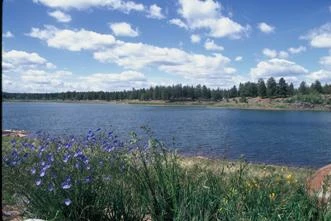
Tucked away in Arizona’s White Mountains at an elevation of 6,300 feet, Show Low offers a cool escape from the desert heat. This small mountain town got its peculiar name from a legendary poker game in 1876, where two ranchers drew cards to determine who would keep the land – the winner showed the lowest card, a deuce of clubs. Today, Show Low balances its Old West charm with outdoor recreation along the Mogollon Rim. The surrounding Apache-Sitgreaves National Forest provides a network of hiking trails and fishing spots at nearby Show Low Lake, while the town’s main street keeps things interesting with local shops and casual eateries. In winter, the area transforms into a snow-dusted playground, with skiing at Sunrise Park Resort just an hour away.

